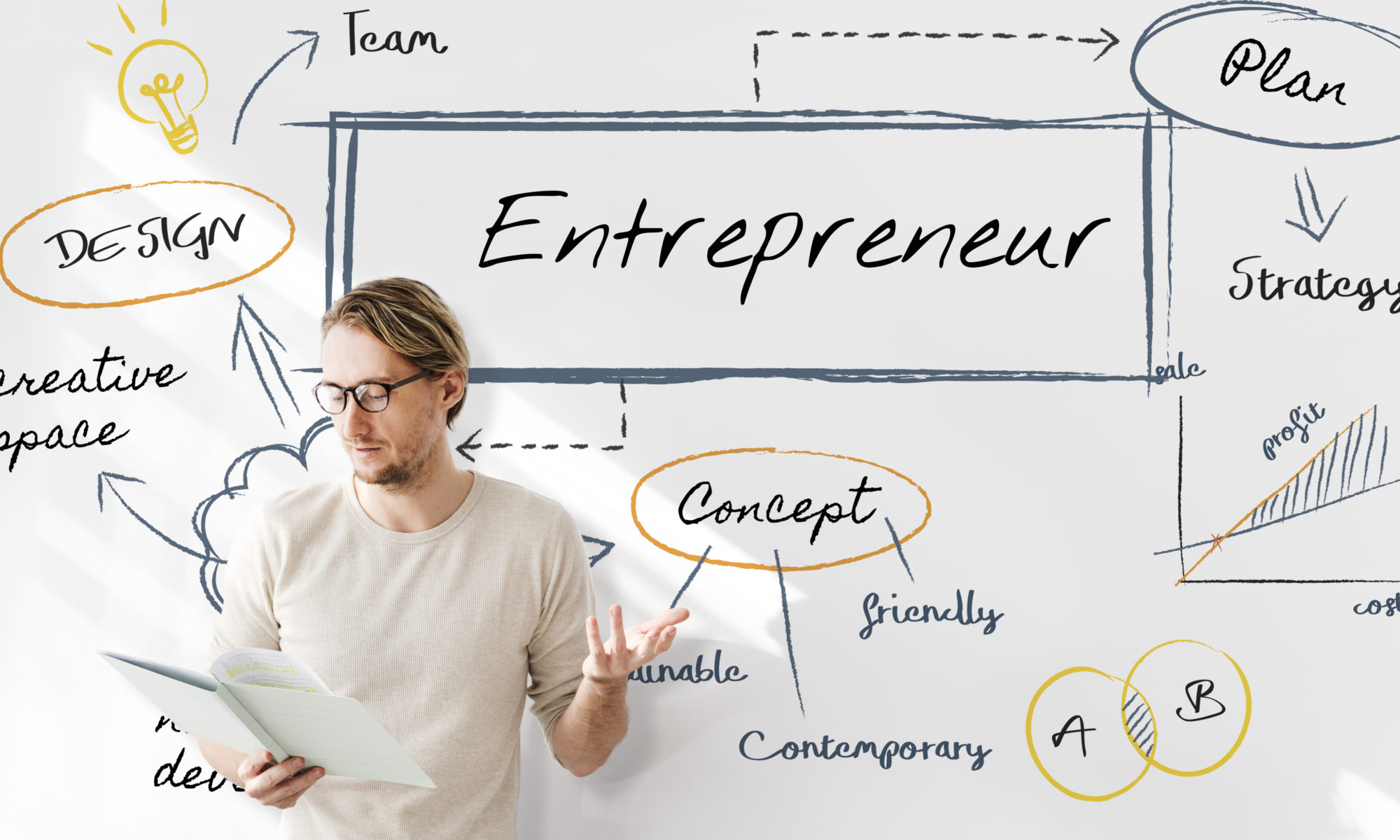Written by Dora Cheatham, Program Manager, Emerging Enterprise Center

INNOVATE OR DIE has become a 21st century mantra, and rightly so. Today’s globe is smaller than ever, communications are instantaneous, competition is fierce and market expectations are high and ever-changing. Innovation is therefore a prerequisite for survival.
But what is this seeming “answer to all ills” that we call innovation? How do we make it succeed? And how do we do so while simultaneously meeting various business and ROI criteria that may be imposed upon us and are often at odds with a long term innovation strategy?
When we speak of innovation, many people immediately think of breakthrough developments that changed the course of the marketplace, industry or even history: the automobile, the telephone, the microchip, iTunes. However, innovation can be as simple as changing packaging, repositioning a product, or moving into an adjacent business space. Just yesterday, we saw the release of the 6th version of the iPhone together with the Apple watch: earth shattering? Maybe not, but people were standing in line for the new version of the phone and analysts are expecting a bullish next few months for Apple.
Some may think that this dilutes the concept of innovation, but a successful – and cost-effective – innovation strategy should incorporate a range of development projects that not only works towards breakthrough products and technologies, but also allocates resources to the improvement of existing products, the expansion of existing products into new markets, and the development of existing technologies into new products.

One of the best illustrations of this concept is Bansi Nagji and Geoff Tuff’s “Innovation Ambition Matrix”. Following a review of a number of high performing firms, Nagji and Tuff noted that on average, these firms allocated investments in similar ratios: 70% on the improvement of existing products or core, 20% on the expansion or existing products into new areas, 10% on breakthrough innovation. Their findings also showed that the return ratios were the direct inverse to the investment percentages. While breakthrough innovations yielded a greater return, core innovations required less time and money to develop, and as a rule were more readily accepted by the end user.
By understanding and defining innovation in terms of all of these elements – and not just breakthrough products – creating a growth strategy and implementing a new product development process that fits in with a firm’s core competences makes the entire concept of innovation, while no less daunting, certainly far more manageable and sustainable.
This also makes the concept of innovation far easier to disseminate throughout the organization so that it becomes a part of the organizational culture. When employees understand that innovation need not necessarily be limited to R&D or Engineering, they are more likely to contribute ideas that – while they may not lead to breakthrough products – could certainly lead to product improvements or cost reductions.
Redefining Profit Drivers
Additional routes to growth and innovation should also involve taking an objective view of your business model to clearly understand your profit drivers as they relate to your customers’ needs. This can prove a valuable tool and may lead to a reassessment of your market metrics and a redefinition of how you position your product and/or services and better align your offering to customer needs. We are seeing this more and more as businesses strive to offer insights and solutions rather than individual products.
Free up Resources by Controlling Hidden Costs
While all of this is going on, there is one more important element that should be incorporated in the innovation process – and that is the regular and consistent review and maintenance of the existing product portfolio. Are the products still relevant and in demand? Are there any weak or inefficient products that could or should be repositioned, improved, or even removed to make way for newer products? Maintenance of inefficient products is a hidden cost and resource drain in many organizations. To allow innovation to function at its most effective, these resources should be freed up in order to be allocated to efforts that add greater long term value.
Strategy x Execution = Success

Of course – as with all strategies and my own personal mantra – it’s not just about the strategy but about the implementation and execution of that strategy. Often strategies fail – be they innovation, business, market or product strategies – not necessarily because the strategy itself is flawed but because the implementation and execution is flawed. As the entrepreneur Naveen Jain once said
“Success doesn’t necessarily come from breakthrough innovation but from flawless execution. A great strategy alone won’t win a game or battle; the win comes from basic blocking and tackling.”







